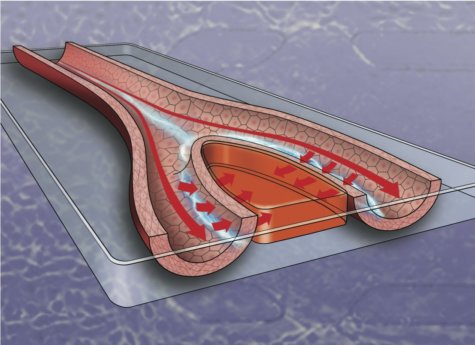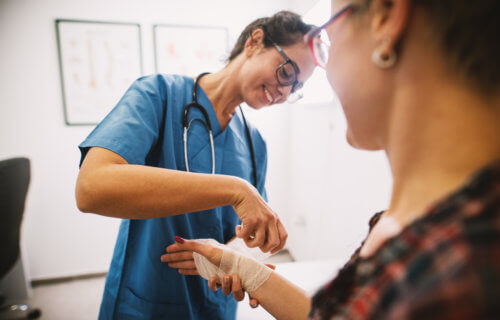COLUMBUS, Ohio — Electricity is far more synonymous with bodily harm than healing, but a study suggests that may soon change. Researchers from The Ohio State University say electrical stimulation may be able to help blood vessels move white blood cells and oxygen to wounds in a faster and more efficient manner. In short, electricity may speed up how fast your body heals itself.
How is this possible? Study authors explain that when they applied electricity to blood vessels, it created “a constant voltage with an accompanying electric current in the presence of fluid flow.”
This, in turn, led to increased permeability. More permeability means it’s easier for rejuvenating substances like white blood vessels to reach injuries in a timely manner.
“There was this speculation that blood vessels could grow better if you stimulated them electrically,” says senior study author and associate professor of mechanical and aerospace engineering Shaurya Prakash in a university release. “And we found that the response of the cells in our blood vessel models shows significant promise towards changing the permeability of the vessels that can have positive outcomes for our ongoing work in wound healing.”
Jump-starting the body’s ability to heal

Blood vessels flow throughout the human body, carrying tons of nutrients, cells, and other chemicals that help control injury-related inflammation. When a wound or cut occurs, it disrupts the blood vessels at the site of the injury. When that happens, it impedes the body’s ability to properly heal the wound. Those disrupted blood vessels heal after some time, just like the entire wound will eventually.
“And as the blood vessels begin to grow, they replenish the skin and cells and establish a healing barrier again,” Prakash explains. “But our question was: How do you make this process better and faster, and is there any benefit to doing that?”
A series of lab tests conducted using human cells led researchers to discover that stimulating blood vessels with electricity increases blood vessel permeability.
“These initial findings are exciting, and the next phase of the work will require us to study if and how we can actually grow new vessels,” Prakash adds.
Study authors say their work strongly indicates that blood vessel permeability is one of the key factors facilitating wound healing.
“And now we have better understanding for how electric stimulation can change the permeability across the vessel walls,” notes study co-author Jon Song, associate professor of mechanical and aerospace engineering at Ohio State. “Let’s say you have a cutaneous wound, like a paper cut, and your blood vessels are severed and that’s why you have blood leaking out. What you need is a bunch of bloodborne cells to come to that place and exit out the blood vessel to initiate the wound repair.”
The study is published in Lab on a Chip.
